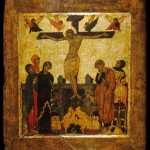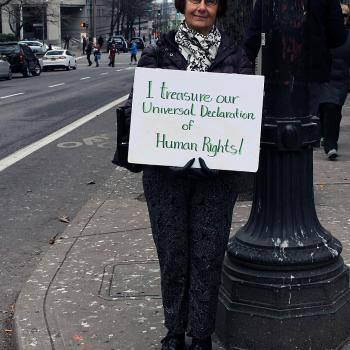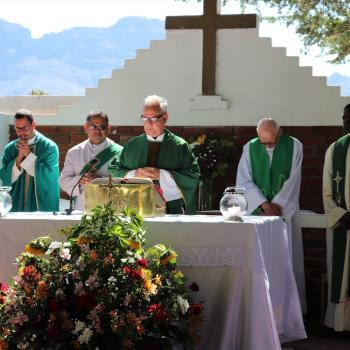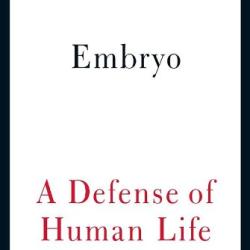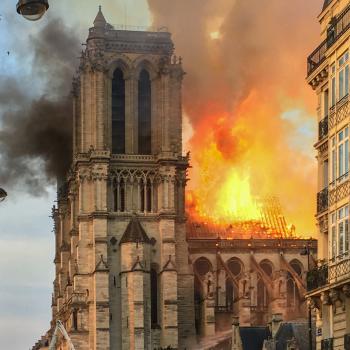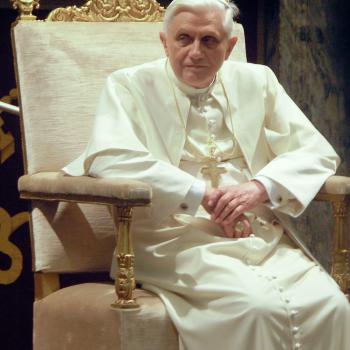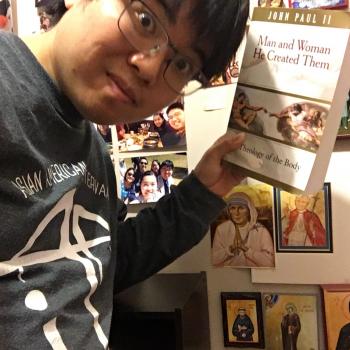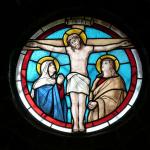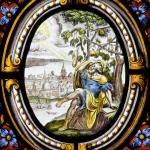![Black Madonna of Częstochowa (Original_Black_Madonna_of_Częstochowa) [Public Domain], via Wikimedia Commons](https://wp-media.patheos.com/blogs/sites/721/2015/04/Original_Black_Madonna_of_Cze%CC%A8stochowa-721x1024.jpg)
I’m preparing to go to a few conferences next week. While preparing, I stumbled on a quote from St. John Paul II that surprisingly captures what I do:
One could perhaps speak of a specific “geography” of faith and Marian devotion, which includes all these special places of pilgrimage where the People of God seek to meet the Mother of God in order to find, within the radius of the maternal presence of her “who believed,” a strengthening of their own faith. (Redemptoris Mater, 28).
I am not Roman Catholic. [UPDATE 7/28/2016: still not – I’m Eastern Catholic.] But I am a geographer.
It so happens that I do study Catholics, though. As Pope Francis proclaimed the Year of Mercy to begin on December 8, 2015, I couldn’t help but think that he was pulling out all the stops in continuing the legacy of the Polish pope, St. John Paul II. I mean, read the bull. It’s basically the ‘announcement version’ of John Paul II’s 1980 encyclical, Dives in Misericordia.
The whole thing made me think about some work I’ve been doing on ideology, not least because Syndicate: A New Forum for Theology has given me a chance to reflect on geographer David Harvey’s newest book, Seventeen Contradictions and the End of Capitalism. I’ve been thinking a lot about how people armed with their ideological ‘fantasies’ (as Slavoj Žižek would put it) make geographical spaces. In fact, to some extent, that’s what my conference presentations are all about these next few weeks – Cantonese Protestants fighting for Proposition 8 in California, positioning themselves against the teachers’ union in British Columbia, and calling for redress for historical wrongs in the United States and Canadian federal governments. It’s also what I’ve been working on for a long time in Hong Kong and the various democracy (and anti-democracy) movements I’ve been tracing there.
The geography of which John Paul II speaks is not an ideological one, though, as much as it is about ‘faith.’ As I’ve been reading up on ‘mercy’ in the work of John Paul II, it’s struck me that – at least in the Polish case – what’s articulated in Dives in Misericordia and Redemptoris Mater is hardly about some idealistic fantasy to make the world a better place. If what my Polish friends and colleagues (such as Artur Rosman) are telling me is true, fantasies about how to make Poland a better place – the Nazi fantasy of lebensraum, the Communist fantasy of socialism, the present neoliberal fantasy of the free market – are why Poland has gotten seriously messed up in the twentieth century. As John Paul II puts it, the problem with these ideologies is that justice has gotten carried away without the ‘mercy’ that Francis wants to spend a whole year on:
And yet, it would be difficult not to notice that very often programs which start from the idea of justice and which ought to assist its fulfillment among individuals, groups and human societies, in practice suffer from distortions. Although they continue to appeal to the idea of justice, nevertheless experience shows that other negative forces have gained the upper hand over justice, such as spite, hatred and even cruelty. In such cases, the desire to annihilate the enemy, limit his freedom, or even force him into total dependence, becomes the fundamental motive for action; and this contrasts with the essence of justice, which by its nature tends to establish equality and harmony between the parties in conflict. This kind of abuse of the idea of justice and the practical distortion of it show how far human action can deviate from justice itself, even when it is being undertaken in the name of justice. (Dives in Misericordia, 12).
As someone who maps ideologies in this ideological construct called the ‘Pacific Rim’ (which is a creation of economic globalization in Asia and the Americas), I hear the Polish pope telling me to watch out. It’s so easy to get sucked in to ideologies of justice that I forget that my job as a scholar is to map the ideologies, to quite literally have the mercy to hear people out and to refuse to annihilate them on the map, whatever I think about their ideas. My job is to listen, not to silence.
I’m not Polish, but I found it instructive for me to look one sentence before John Paul II’s discussion of the ‘geography’ of faith: ‘This is the message of centers like Guadalupe, Lourdes, Fatima and the others situated in the various countries. Among them how could I fail to mention the one in my own native land, Jasna Gora?’ Jasna Góra. That’s where the Black Madonna of Częstochowa is, the Queen of Poland, the one who gives the Polish people the strength to repel their colonizers. It doesn’t take a Roman Catholic to see that the point of Marian devotion is not ideological – it’s not some abstract ideal toward which to make progress in society and politics. In a very real way, Mary is a person. Persons are on a map. And that map includes even the actions of the colonized, the racialized, the ones that are almost silenced (but not quite) by the various ideologies of progress that circulate and construct the geopolitical ‘realities’ in which we live.
Maybe it takes these icons that aren’t from my ‘culture’ or ‘identity’ – Hong Kong, Asian America, Vancouver, evangelical Protestantism, the Anglican Communion – to show me who I really am: a person mapping the actions of persons. It’s why, if you see me at one of these conferences, I’ll ask you to just smile quietly when you see that the wallpapers of all my devices have been changed to the Black Madonna. It’s why I’m taking along as my plane reading the diary of St. Faustina Kowalska, the Polish visionary originator of the Image and Feast of Divine Mercy (where John Paul II got all those ideas for Dives in Misericordia – and where Francis is getting his ideas for the Year of Mercy). I’m not becoming Roman Catholic, and I’m unaware of any process by which I can convert to becoming Polish. But I am moving forward in my pilgrim journey in being a person, and I hope that some of it will come through the way I present my papers at these conferences next week.

